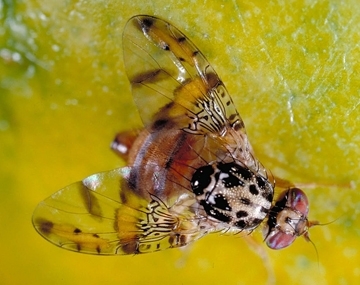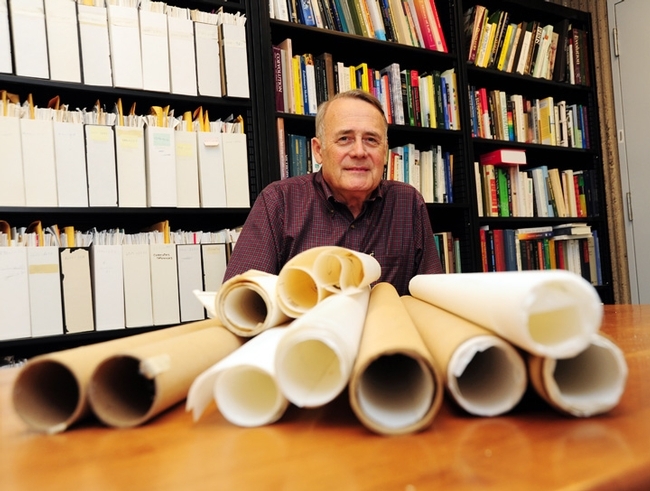
It was the early 1980s. The invasive insect, better known as the medfly (Ceratitis capitata), threatened the state's multi-billion-dollar fruit and vegetable industry, leading to widespread detection, eradication and quarantine attempts. Aerial spraying of Malathion drew widespread protests.
Entomologist James R. Carey of the University of California, Davis, stepped forward to launch an informed, concerted and widespread effort to reveal the science about the invaders. His well-documented research in basic and applied aspects of invasion biology shows that these pests are established and cannot be eradicated.
Fast forward to today.
Carey, a distinguished professor of entomology with UC Davis Department of Entomology and Nematology and an internationally recognized leader and distinguished scholar in invasion biology, will appear in a 32-minute interview on the nationally televised Through the Decades program on Monday, July 3.
Through the Decades, based in Chicago, is known for covering high-profile or important historical events. It is hosted by Bill Kurtis of National Public Radio's "Wait, Wait...Don't Tell Me."
The interviewer "asked about the medfly program back in 80s, my involvement, and I talked a lot about how medfly really has never gone away," Carey related.
Tune in on Monday to hear the interview. Link to http://decades.com/wheretowatch/ to find the local program. In California, the show will be broadcast on KFAZ Fresno, KCBS Los Angeles, KOVR Sacramento and KPIX San Francisco. Through the Decades airs daily at 7 a.m., 1 p.m., 7 p.m. and 1 a.m., Eastern Time, or 4 a.m., 10 a.m., 4 p.m., and 10 p.m., Pacific Time.
As one of the five members of the state's Medfly Science Advisory Panel, Carey testified in 1989 before the California State Assembly, which later convened as a “committee of the whole” (a high profile public hearing examining the handling of the eradication program) that the pest is established in California and eradication efforts are futile. Carey subsequently wrote two news and review pieces in Science, plus an article on its establishment. The New York Times' Retro Reports profiled him and his involvement in the medfly issue.
The American Entomologist journal, in its "Issues in Entomology," has just published a piece by Carey and colleagues Nikolas Papadopoulos and Richard Plant on "The 30-Year Debate on a Multi-Billion-Dollar Threat: Tephritid Fruit Fly Establishment in California." It begins with: "It is virtually impossible to overstate the seriousness of the tephritid fruit fly threat to the $25 billion California fruit and vegetable industry constituting over half of the overall $47 billion agriculture economy of the state. Consider these facts: a total of 17 different species of fruit flies have been detected in California, several of which are detected every few years and one of which is detected every year (Papadopoulos et al. 2013). More than 350 California cities have experienced fruit fly outbreaks, seven cities (e.g., Fresno, Bakersfield) of which are located in one of the world's most productive agricultural regions—the Central Valley."
Attached Images:
